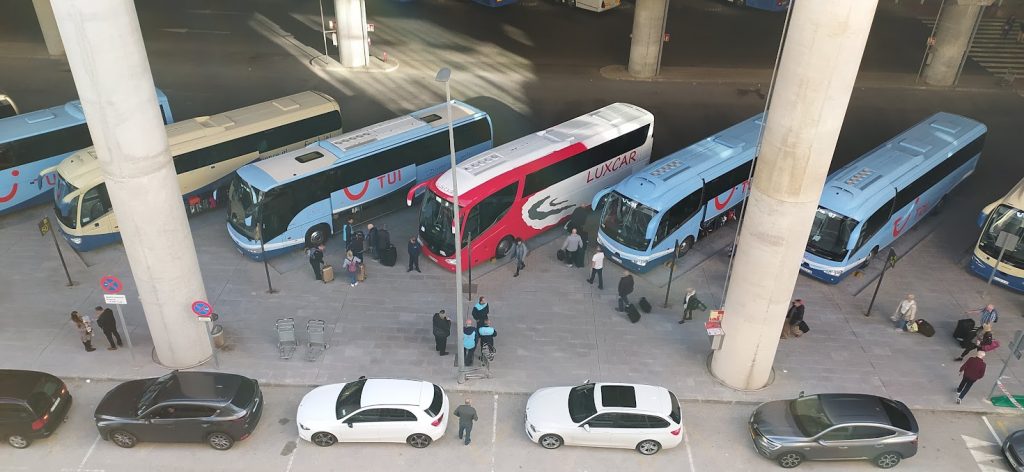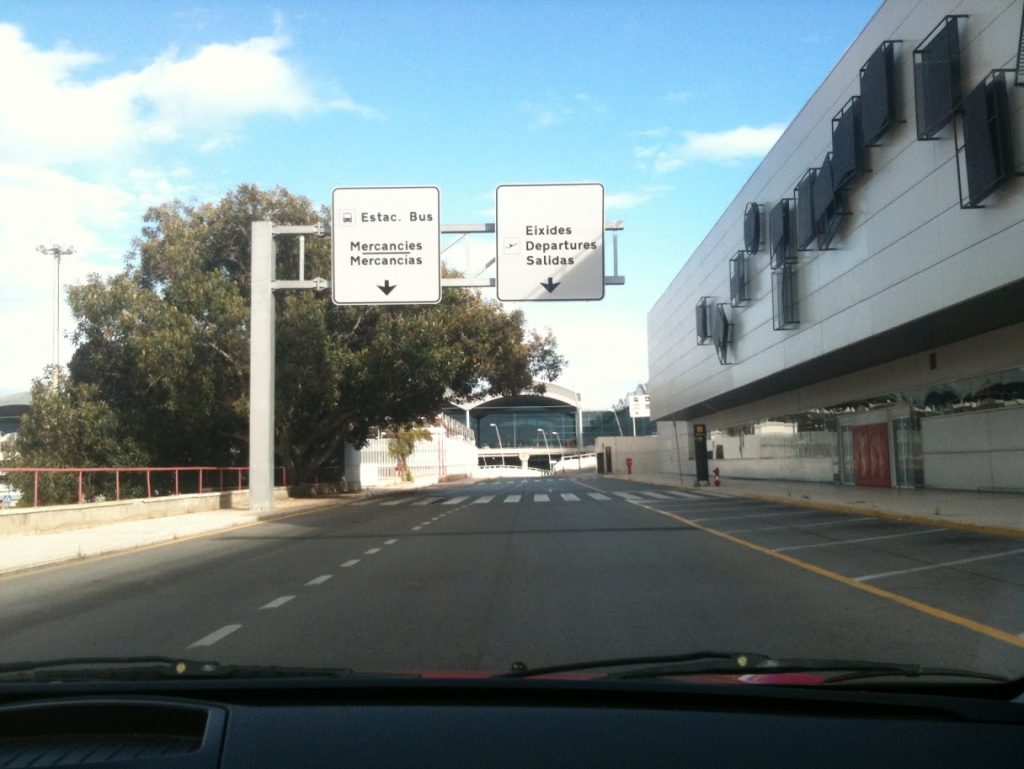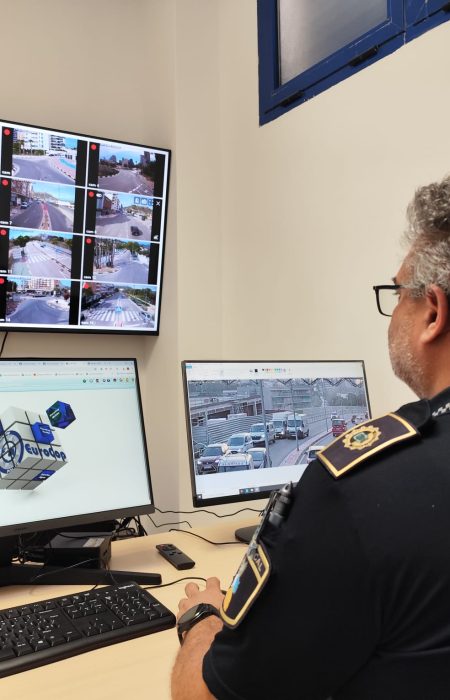Alicante-Elche Airport is embarking on a novel approach to vehicle arrival restrictions by inviting bids for the renovation of its parking areas, which will cost over one million euros. Aena’s dual objectives are as follows: first, to ensure that the current services are consistent and to locate all buses on level -2, the arrivals level. Secondly, to implement access barriers at the waiting areas and parking areas for all non-public services.
The immediate repercussions will be that the proprietors and companies of Transport with Driver (VTC) vehicles and buses will be registered with their license plates, which will facilitate verification. This will enable the flow to be quantified for future requirements from a statistical standpoint. This new reorganisation will not be functional for another year, as the project is pending award. Subsequently, a seven-month period will be necessary for its execution.
Aena intends to reorganise the “bus bays,” which are other waiting areas for these types of vehicles that have been contracted by travellers, tour operators, or hotels and are situated at a distance from the terminals, in addition to these so-called “bus bays.” Aena has declared its objective to optimise the movement of vehicles and guarantee that passengers can anticipate their transportation without any complications.
Additionally, the bus sector will be subject to the same courtesy philosophy that governs private individuals, which will result in the cessation of the complimentary service that these organisations currently enjoy. The airport manager will permit these buses to remain free of charge for one hour. However, after the 60th minute, they will be required to pay a fee that is comparable to that of parking. At present, private individuals are permitted to leave off another individual for a period of 10 minutes before being required to pay a fee. It is anticipated that VTCs will be required to operate under comparable conditions.

The ten spaces designated for Uber and Cabify are not included in this equation, as these companies are required to pay an annual fee that is derived from the public contract that Aena issued in an effort to prevent the recurrence of the lines that occurred last year. Taxi drivers are also exempt from this modification, as they will continue to operate within the same vicinity.
The modification will influence the routes of users to Alicante, Elche, and other cities in the province and Murcia. The stations will be relocated one floor lower, resulting in a deficit of two. Access will remain free as a public service. The drawback is that the check-in and security offices will not be accessible directly. Additionally, there will be protection from the sun and moisture. Additionally, the entrance area will be cleared, as the canopies and other signage that were installed last year will be removed. These canopies, which become a human barrier to access through the revolving entrances during busy periods, will be removed.
Pick-up services are prevalent in provinces such as Alicante, particularly due to the fact that the Costa Blanca is a destination with multiple destinations. Presently, a “waiting pool” for VTCs has been established adjacent to Terminal 1, near the control tower, in order to offer alternatives to these modes of transportation. This will also be equipped with a fare administration and collection system, “in accordance with the guidelines of the Aena Management Committee of December 19,2022.” The initiative mandates the construction of new bus parking spaces in front of Terminal 2, the current operational terminal.

In summary, barriers will be installed at access points to prevent the misconduct that certain individuals, particularly taxi drivers, engage in. Although it is not entirely reliable, it does enhance oversight of an infrastructure that transports over one million passengers per month during the low season and nearly two million during the summer.









No Comment! Be the first one.